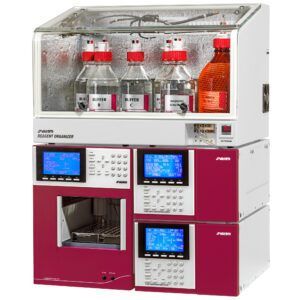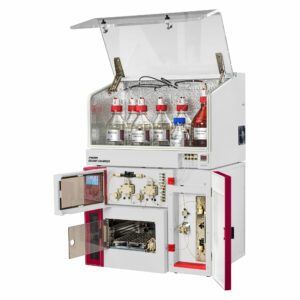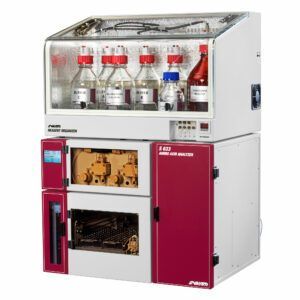Classical amino acid analyzers, based on cation exchange chromatography followed by post column derivatization with Ninhydrin and measurement at 440 and 570nm, are recognized since as early as the 1960’s for accurate and reproducible results for physiological fluids and food/feedstuff hydrolysate analysis. This method of analysis, refers to publications by Stanford Moore, Darrel Spackman and William Stein as early as 1958, later referred to as the “Stein & Moore Method”, or what we call nowadays often the “classical amino acid analyzer”.
Even when considering that during the last 25 years several alternative methods for amino acid analysis have been proposed by scientists and commercial suppliers alike, the classical amino acid analyzers are the chromatographic reference method till today and probably for years to come.
For amino acid analysis in food and feedstuff analysis classical amino acid analyzers are the mandatory method for compliance with the EU Commission Directive 98/64/EC describing cation exchange chromatography followed by post column derivatization with Ninhydrin.
For physiological fluids and amino acid analysis relating to inborn errors of metabolism, amino analyzers – even when acknowledging the application of LC-MS/MS systems in this field – are unequalled in terms of quantitative accuracy and considered the reference method. The best chance for avoiding missed diagnosis with new-born children by properly identifying special amino acids for confirmation analysis, ease of use and low operational costs are among the reasons that classical amino acid analyzers are used in metabolic laboratories and hospitals around the world.
See below for more info about the systems:


